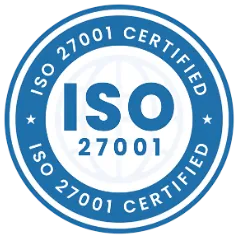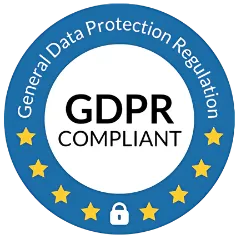Why Barcode Asset Tracking? Why QR code Asset Tracking?
What is the difference between barcode and QR code?
Does it make any difference in asset tracking with barcode and QR code?
These are the supposed questions that can come in anybody's mind when they hear and talk about asset tracking with barcodes and QR codes.
QR codes are the type of barcodes and the fact remains intact, that no one can deny.
Barcodes are the machine-readable which can hold information about the item to which it is attached.
What are Barcodes?
A barcode is a method of representing data in a visual format of machine-readable information about the item to which it is attached. A barcode represent data by varying in widths and spacing of parallel lines.
Nowadays, the barcode is referred to as a linear or 1-dimensional code, that can be scanned by barcode readers.
Later in time, matrix or 2-dimensional codes were developed.

The barcode tags contain important information like customer or item identification, pricing, tracking information and more. This information is only readable by the barcode reader machines.
Advantages of Barcode:
Barcodes are used across the globe for some of its advantages, some are here:
- Relatively inexpensive
- Allow more accurate inventory management
- Fast and efficient operations
- Reduce manual labor costs
- Improving inventory control
- Speed up the supply chain
Asset Tracking with Barcodes:
Here are some of the benefits of a barcode system that will prove to be cost-effective for your business in terms of asset tracking:
- Accountability Increase
- Error Reduction
- Data Storage
- Scheduled Maintenance
- Accurate and Real-time Asset location
- Manpower Reduction
- A simplified version of record-keeping
- No time investment in employee training

Also Read: RFID vs NFC: How They are Different in Terms of Asset Tracking?
What are QR codes?
In 1994, 2D variants of barcodes were developed using more patterns than bars such as rectangles, dots, hexagons, and other geometric patterns and are named as matrix codes or 2D barcodes.
2D barcodes can be read using application software on mobile devices, such as smartphones with their in-built cameras.
QR code (Quick Response code) is the trademark for a type of matrix or 2D barcode.

As QR code is the type of barcode only, it also represents data in a visual format of machine-readable information about the item to which it is attached.
The QR code uses four standardized encoding modes that are numeric, alphanumeric, binary and kanji and store data efficiently.
The information which is stored inside a QR code includes inventory tracking, sales registry, supply chain management, mobile marketing, and logistics.
Advantages of QR Codes:
QR codes are new in front of linear barcodes but are more advanced in working, some of the advantages of QR codes are here:
- Scanning possible by smartphone
- Versatility; can encode almost all types of data e.g. numeric, alphabets, special and binary
- Extremely fast scanning
- QR code has good fault tolerance; if a part of the code is damaged, information can still be decoded from the code
- Stores large amount of information
Asset Tracking with QR codes:
In this modern generation, QR codes are the successors to barcodes which have gained popularity in recent days. There are more than a few reasons that's why QR codes are better.
- Versatile
- Used for anything and everything
- Scan QR code and store information
- Maximized exposure
- Potential to generate revenue
QR codes can be added to any platform and can store the following information:
- Product details
- Offer details
- Event details
- Contact details
- Competition details
- Coupons
- Social media IDs
- A link to your YouTube video

Here are some points that will clarify your mind about QR codes and why you should use them for asset tracking:
- Store up to more than 100 times data as of other barcodes.
- Can scan it from any direction and at any angle up to 360°.
- Easier to read and decode.
- Less risk of interference in the background.
Also Read: How Effective Barcode Tags Are for Asset Tracking Management?
What is the major difference in Barcode and QR code?
Everybody goes shopping. Everybody purchases stuff. Whether people have realized or not, but they have seen barcodes anyhow. Every, daily use of product packaging has a barcode label.
Talking about QR codes, many of you must have seen or recognized QR codes on Visiting Cards, Resumes, WhatsApp, Boarding Pass, Business Cards, Google Pay, etc.
They have the same business to do that is to hold information about the item or product. But still, there are some differences in both barcodes and QR codes, which make them work enhancive as well as each other's competition, in storing the information and reading it through scanning making it worthwhile.
Here are some points on the basis of which Barcodes and QR codes can be differentiated:
1. Appearance:
Both the barcode and QR code are different in their appearance. They look very different from each other in their formation.
Barcode: It is a first-generation linear barcode or 1D barcode that is represented by some lines and spaces of various parallel widths that create specific patterns.

QR code: it is a modern generation matrix barcode or 2D barcode that is represented by some rectangles, dots, hexagons and other geometric patterns.

2. Information holding capacity:
They not only look different, but they have different levels of data storage.
Barcode: A barcode can hold between 8-25 characters but as the information rises the size of the barcode also gets bigger. The information which a barcode can store is description, item identification, pricing, tracking information, etc.
QR code: A QR code can hold between 1-2,000 characters of encoded data. The information which a QR code can store is inventory tracking, sales registry, supply chain management, mobile marketing, and logistics.
The added perk of QR codes is the possibility of encoding images or links onto it.
3. Error Correction:
The level of customization and error correction is completely different for a barcode and a QR code.
Barcode: Linear barcodes are less tolerant of damage and printing defects. This condition is due to the lack of redundant encoding and error correction codes. Either joining of two stripes or erasing one strip altogether, will make it impossible to decode a linear or 1D barcode.
QR code: The supreme advantage of QR code over the first-generation barcode is its error margin that ranges from 7- 30%. The QR Code has error correction ability and can restore data if the code is dirty or damaged.
4. Readability:
Barcode scanning and reading depends upon the appearance and the amount of data that can be stored in it. Both barcode and QR code can be used effectively in a variety of automatic identification applications.
Barcode: Linear barcodes can hold just a few dozen characters. The barcode scanners can read barcodes horizontally and do not need any direct contact with barcode, but it should be within the range of 4 to 24 inches to scan.

QR code: QR codes can hold more data than barcodes i.e., up to 2000 characters and still manage to appear physically small. The data encoded is based on both the vertical and horizontal arrangement of the QR pattern i.e.,2D.
You can use the information either way while connected to a database or not. QR code scanners can read from over 3 feet away providing the user more flexibility in their use.

Conclusion:
When it comes for selecting a barcode system for an application, you must know, about what are types of barcodes you will be in need of, including the field conditions of the working area, in order to make an informed choice.
There are many different barcode symbology's that are available, but all of them fall into two general categories i.e., linear or 1D barcodes and matrix or 2D barcodes.
Functionally, the type of barcode to be used will depend on the application process. Linear barcodes tend to use scenarios that the associated with data which is prone to change frequently example pricing and quantity of items.
Whereas, QR codes are used where database connectivity might not be available, where space is limited, and where a large amount of data is required.


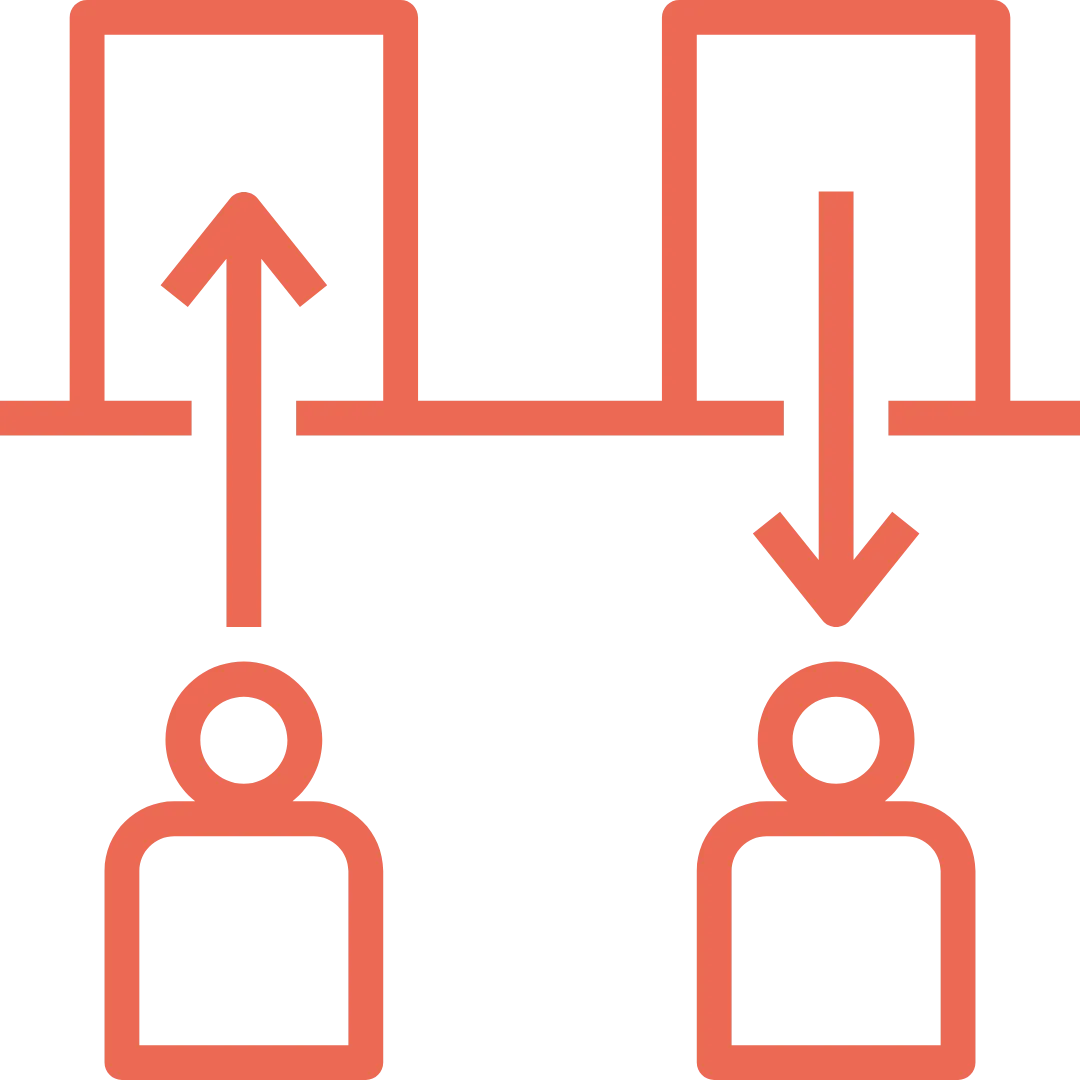
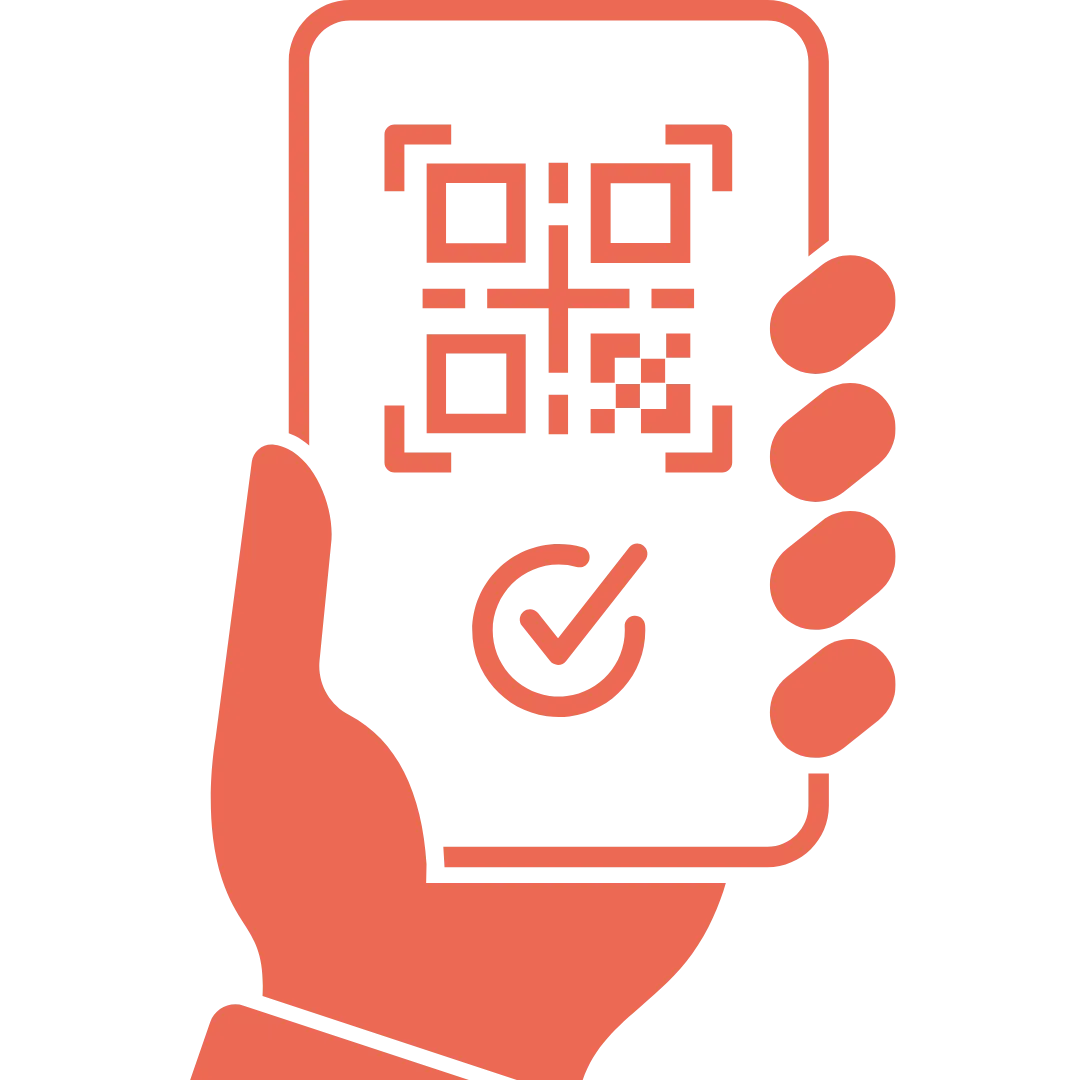





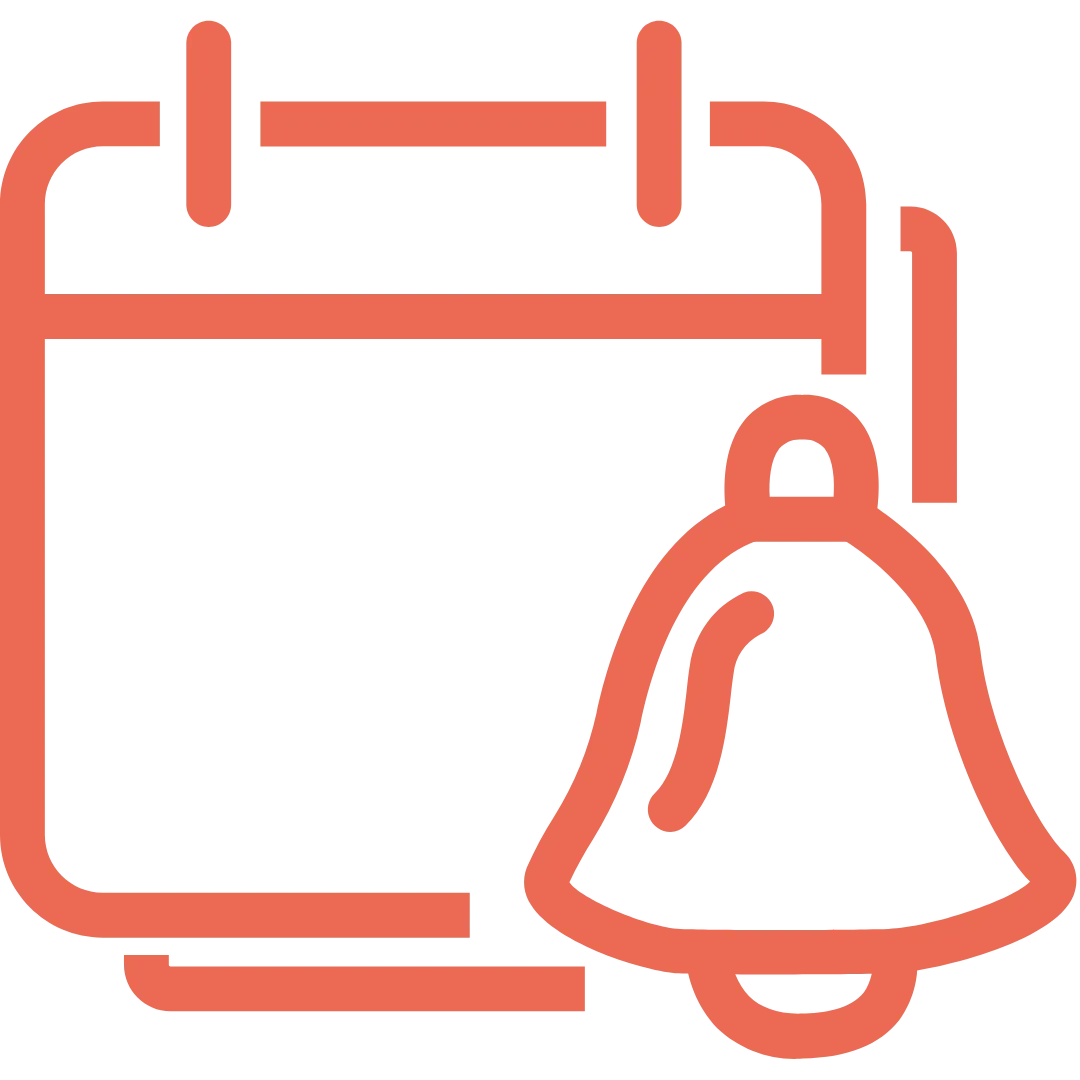


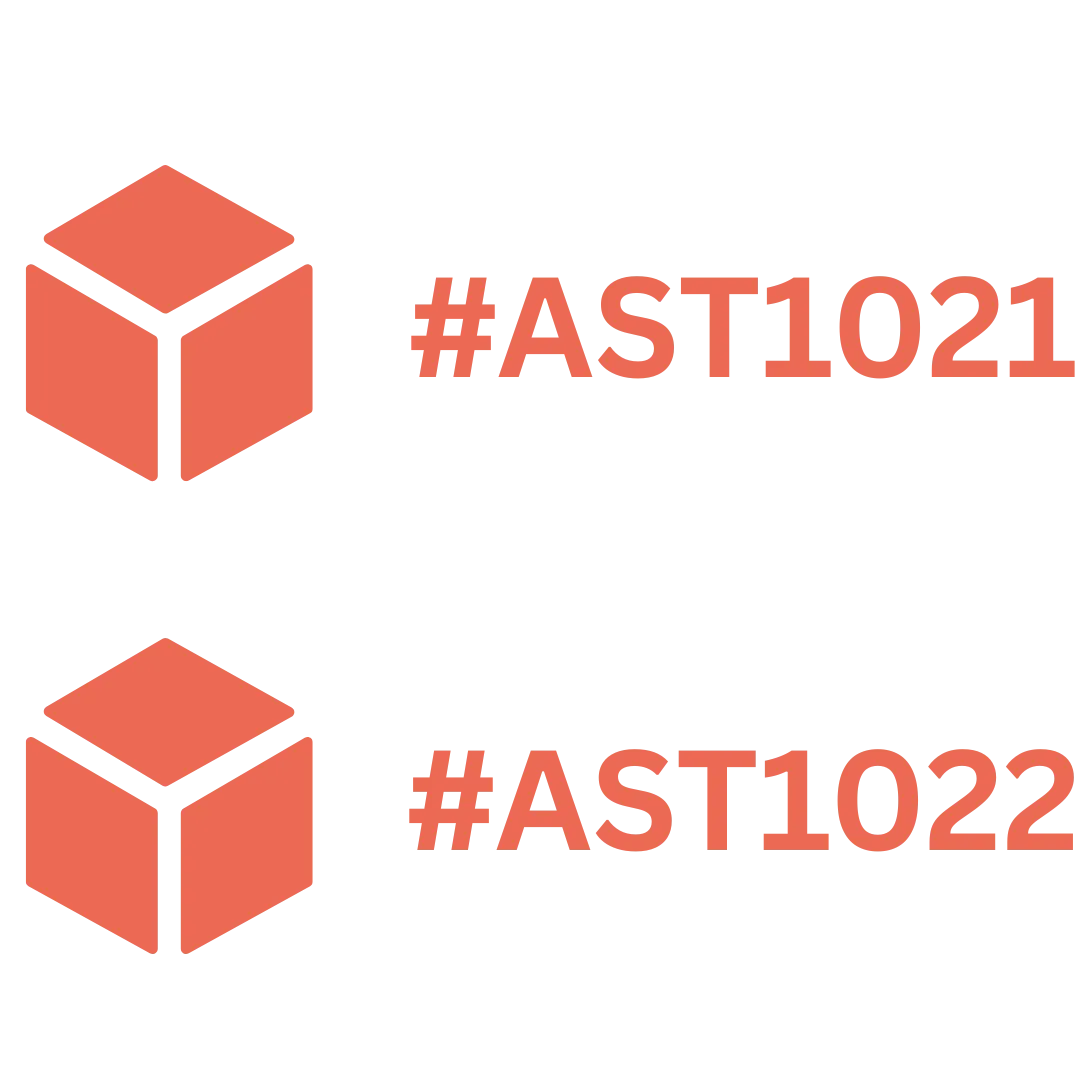


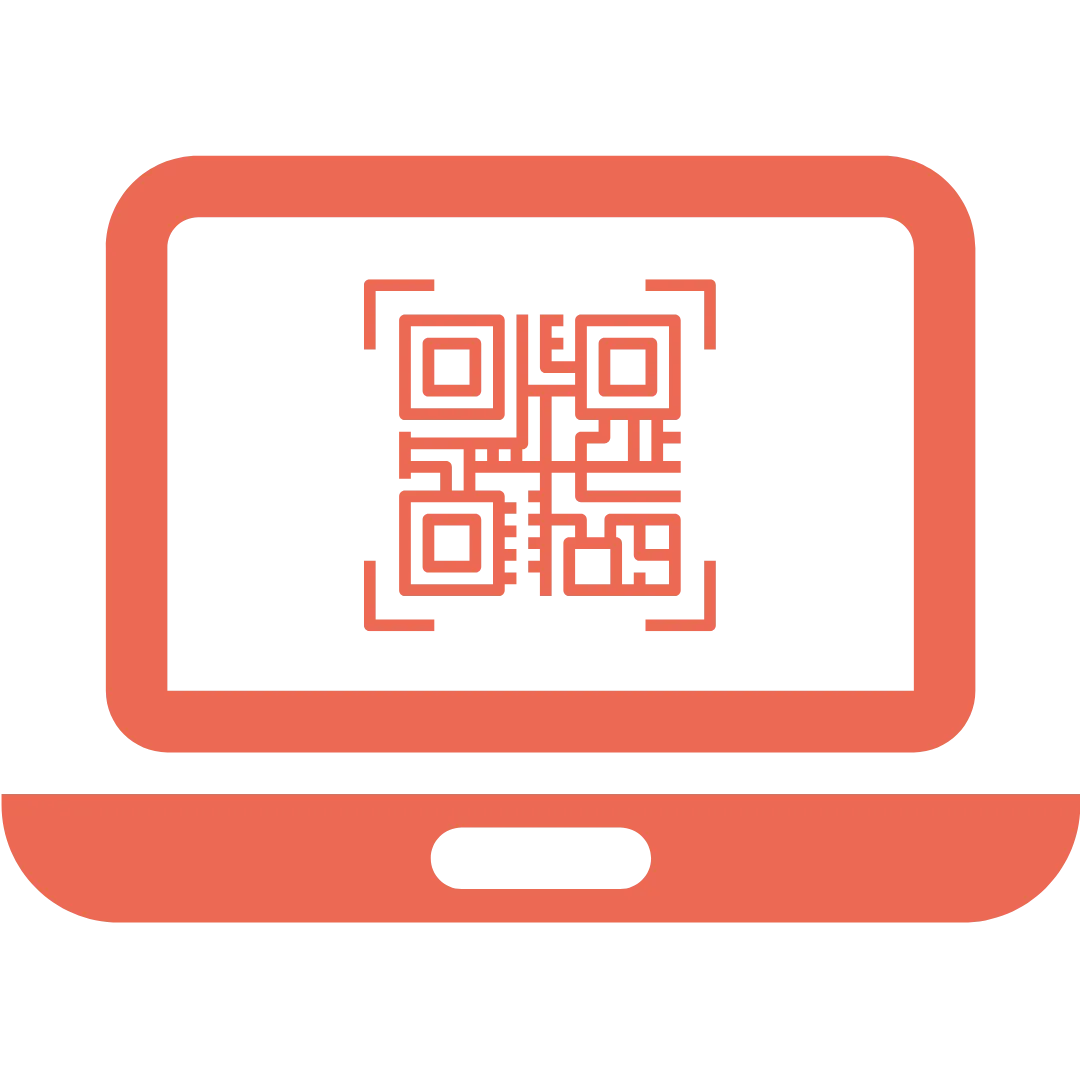


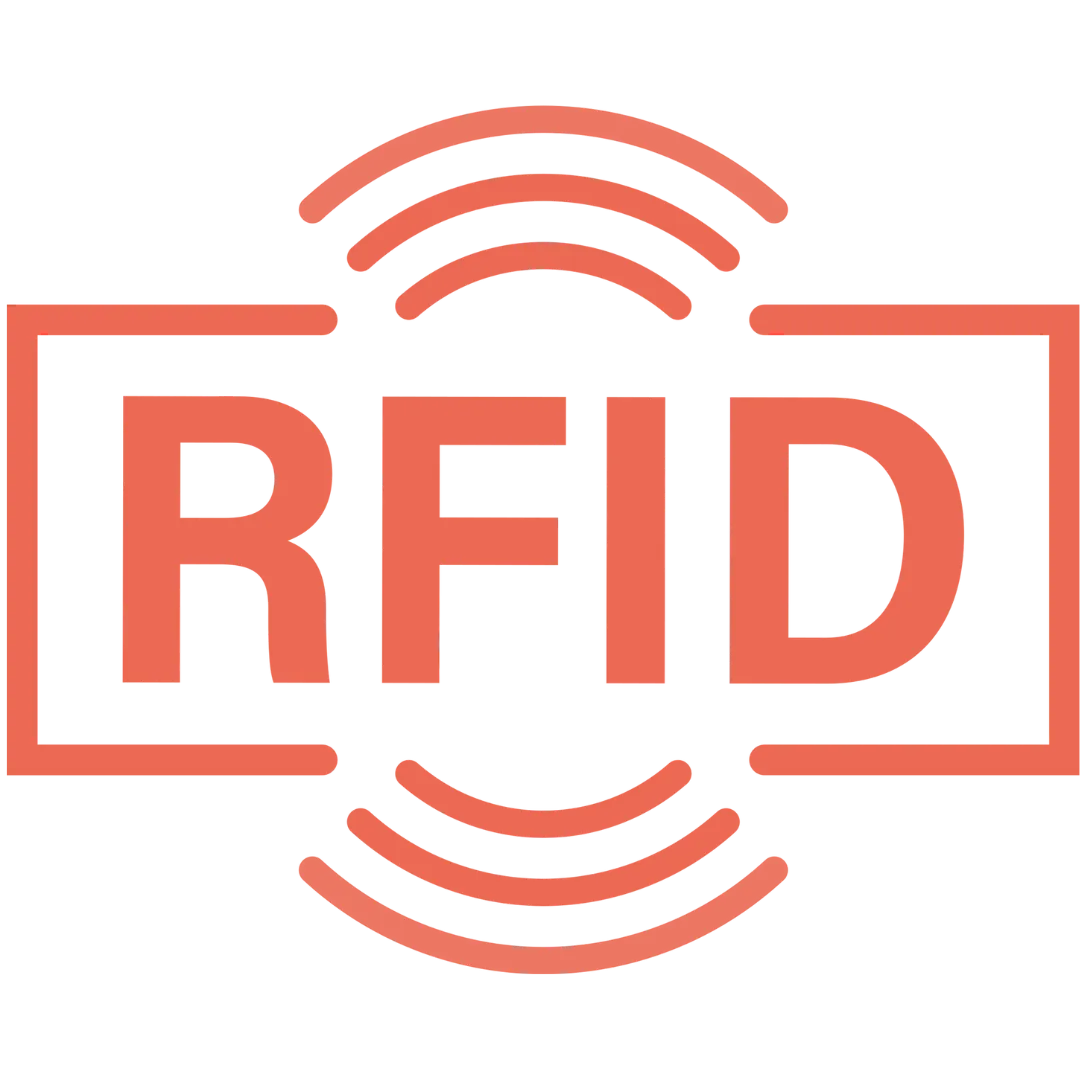

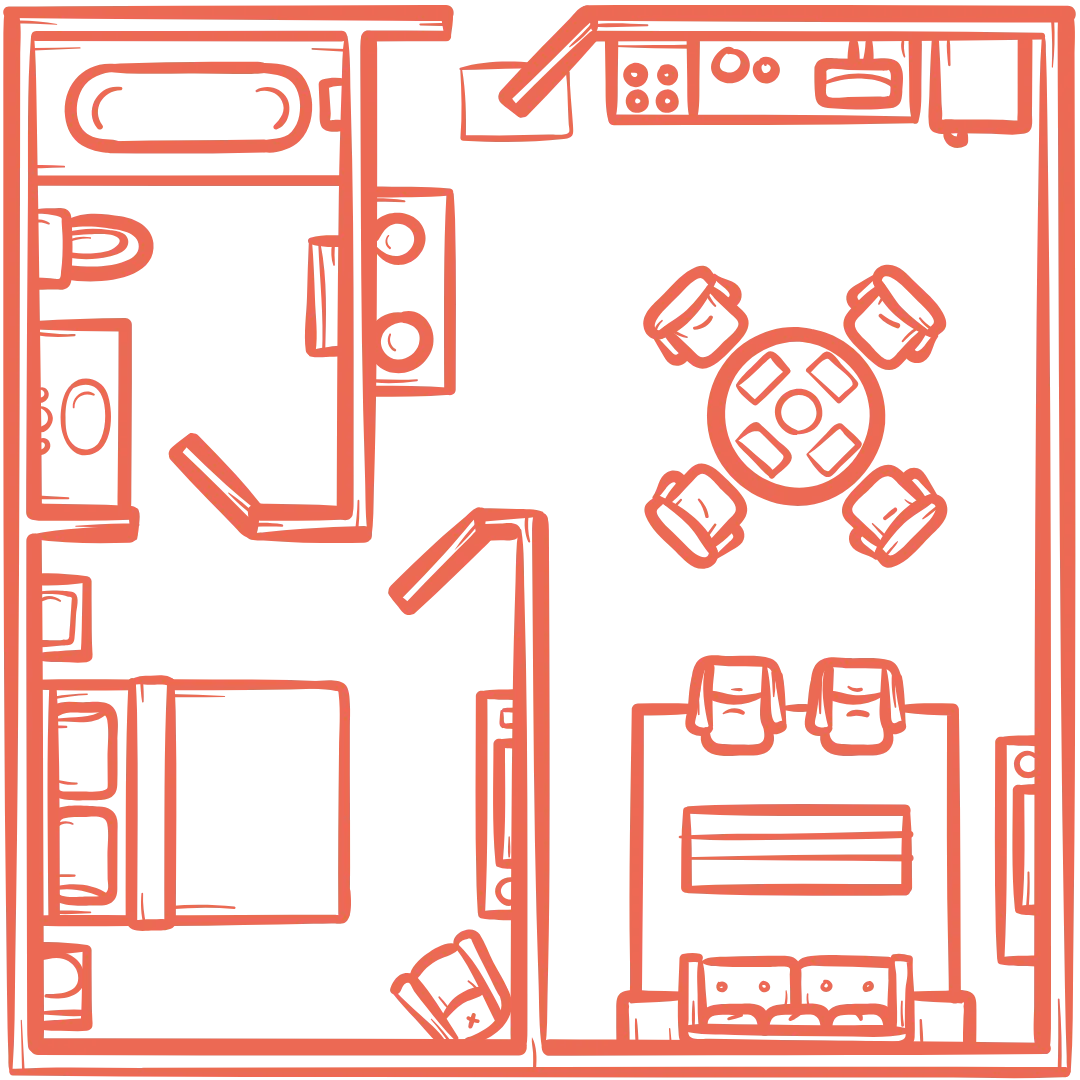




























.webp)
.webp)
.webp)
.webp)
.webp)
.webp)
.webp)
.webp)
.webp)

.svg)




.webp)
.webp)



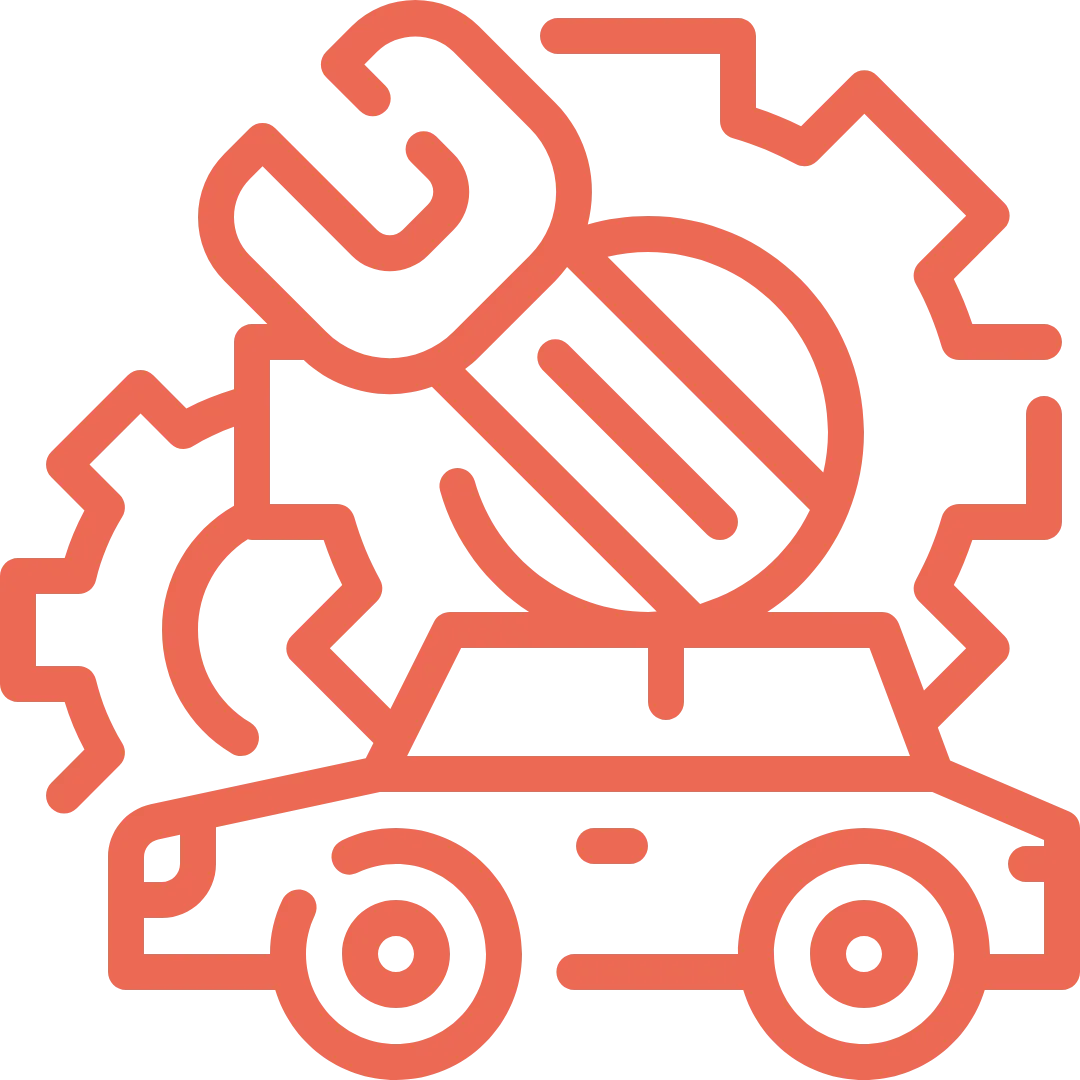


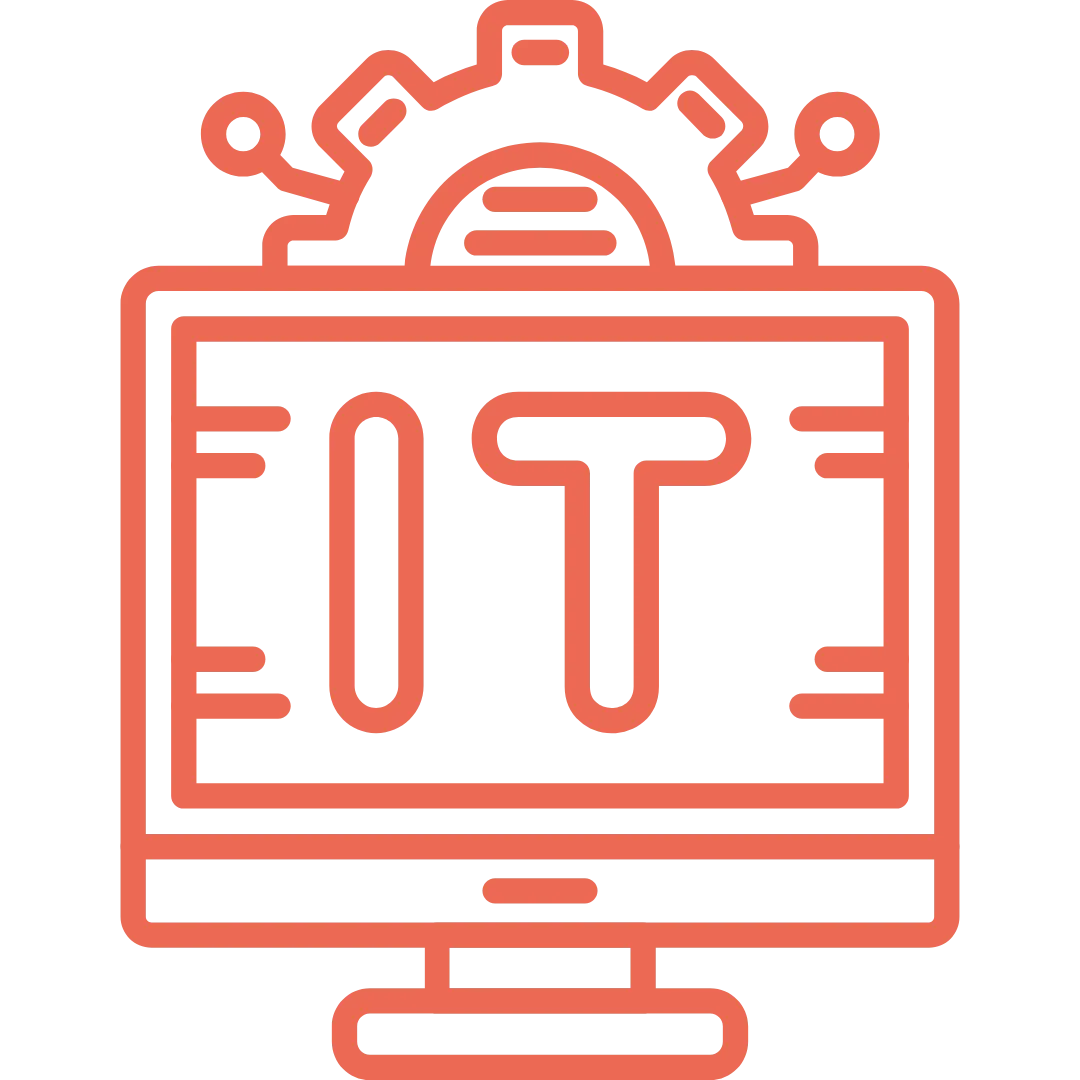








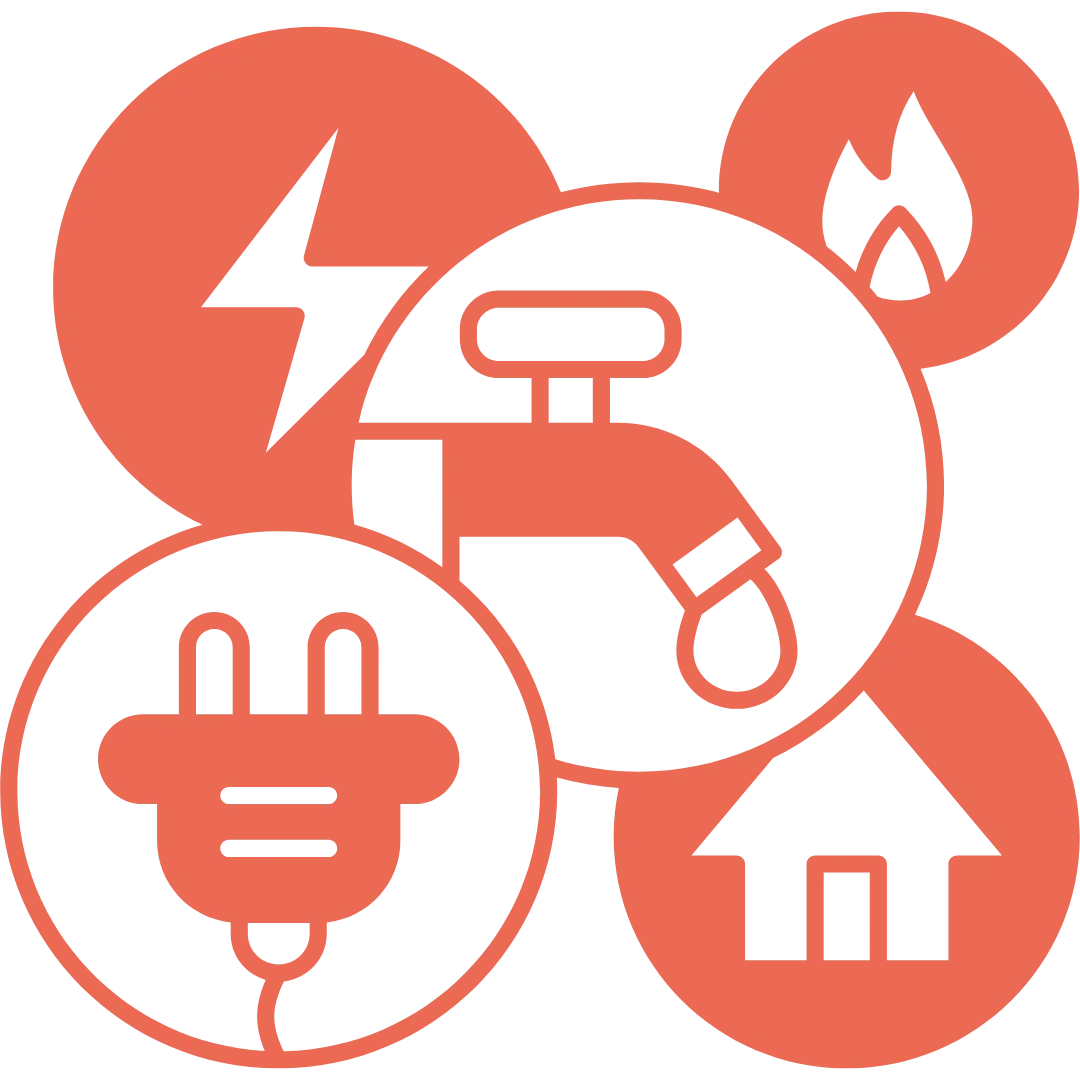



























.png)
.webp)


















